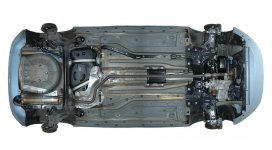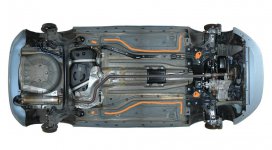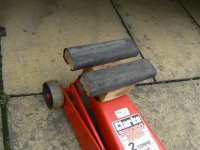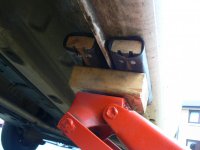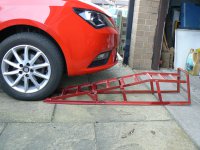puntodad19
Member
- Joined
- May 1, 2019
- Messages
- 99
- Points
- 82
well the haynes 5956 manual for this car arrived, and as usual quite pathetic really, no proper wiring diagrams for the ign/sensors etc. for the engine.......and no list of earth points, but some pictures of earth points.....
anyways, jacking points.
We know of the 4 triangle area jacking points but when the car is up in the air, say the front, where do the axle stands go??
My car port is not level, it slopes, so I use joist sized wood to make a tower and rest the car on these, via the jacking points ( cross grain ) , but if these have a jack under them where else can I support the car without damage to the frame/chassis/suspension components etc.???
anyways, jacking points.
We know of the 4 triangle area jacking points but when the car is up in the air, say the front, where do the axle stands go??
My car port is not level, it slopes, so I use joist sized wood to make a tower and rest the car on these, via the jacking points ( cross grain ) , but if these have a jack under them where else can I support the car without damage to the frame/chassis/suspension components etc.???


